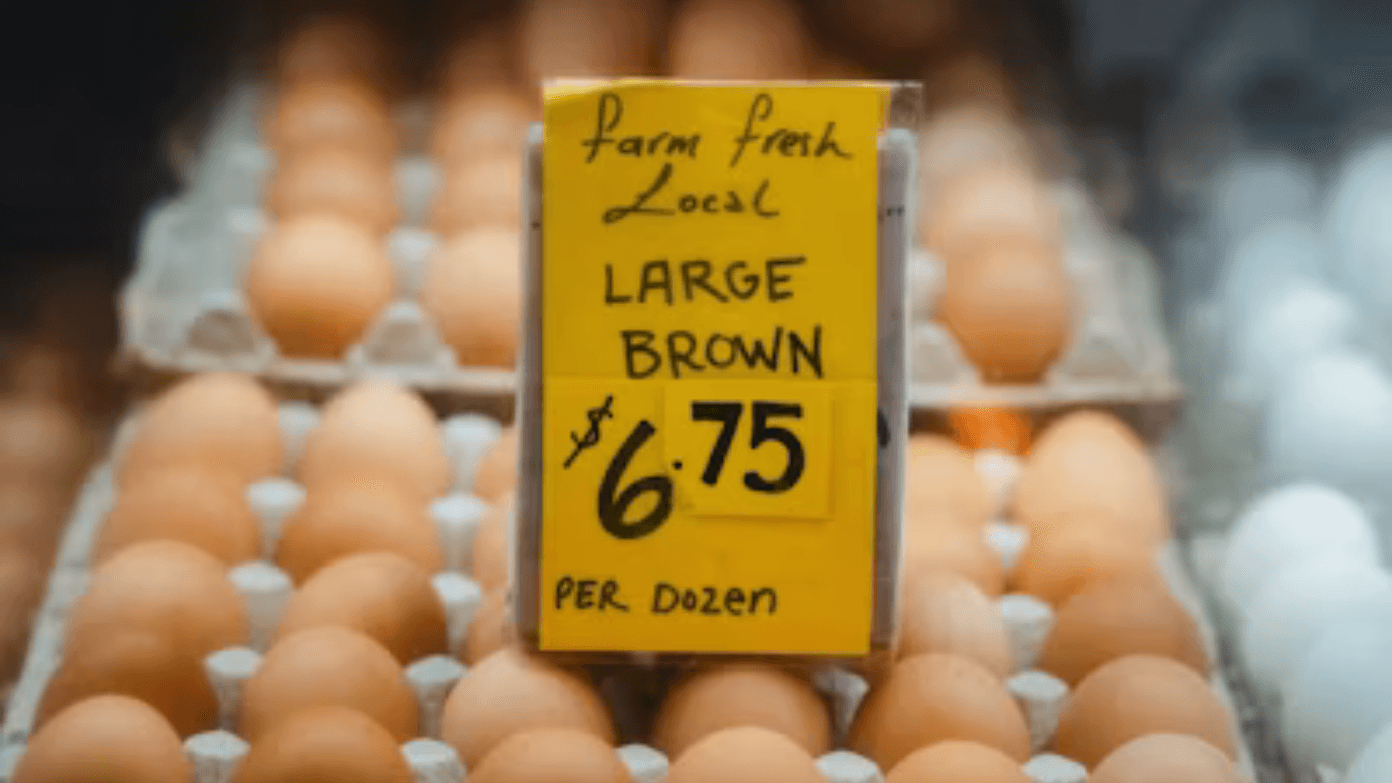Prices on US eggs have declined over recent times to the level of an average price of $3 per dozen, providing seeming relief to consumers who have had record highs in recent months. Although the Trump administration has taken credit for this as a victory with the kind of statements like “We got it down,” the reality behind this price reduction presents complex issues that continue to jeopardize the stability of egg supply and prices. The apparently positive headline conceals problems that can harm producers and consumers in the long run.
The reality behind recent price drops
National egg prices fell 9 percent last week at $3 per dozen, said the U.S. Department of Agriculture, and the wholesale graded loose eggs fell by $0.26. This is a relief after some months of “egg-flation” with the price of eggs having gone to an all-time high of $8.17 per dozen some months ago. While this latest drop, the prices are still much higher—at nearly 59% higher than the same period last year.
The USDA noted better supply conditions at stores where consumers “once again find fully stocked shelves and many options without buy restrictions.” But that is only after major chains such as Kroger, Trader Joe’s, and Costco were compelled to put buy restrictions on eggs only two months ago. Although wholesale prices have fallen, the USDA indicates that these adjustments can take up to three weeks to appear on supermarket shelves, so “consumers are only now beginning to see a gradual reduction in shelf prices.”
The chronic avian flu threat
The prime reason behind the egg price crisis is the avian influenza (H5N1), or bird flu epidemic. The bird flu has killed more than 130 million birds in the country over the last few years, with 30 million egg-laying birds having perished this year alone. While recent statistics indicate that bird flu cases declined to 2.1 million in March from 23 million in January and 13 million in February, the threat persists.
Bernt Nelson, an economist at the American Farm Bureau Federation, credits the recent price drop primarily to this “sudden drop in cases of avian influenza”. Specialists are not so quick to proclaim the crisis over, though. The avian influenza is so unpredictable in nature that cases can surge once again, keeping in mind that bird migrations from the wild are a continuous year-round phenomenon and they might introduce the virus back into commercial flocks.
Political claims versus market realities
President Donald Trump has taken credit for falling egg prices, attributing this to his government’s $1 billion campaign to fight avian flu. Part of the campaign is the importation of 420 million eggs from Turkey to supplement the gap. Agricultural economists attribute a series of events independent of government intervention that have led to price drops.
The American Farm Bureau provides that reduced prices are not coming only from declining instances of bird flu, but also from “consumers purchasing fewer eggs,” which has allowed retailers to stock up. Consumers’ withdrawal is a market response to relentlessly through-the-roof prices—really, cost destruction that occurs naturally when prices move beyond what customers are willing and able to pay. It’s all a mystery as to whether price reductions reflect sound policy or merely market forces adjusting to mend unsustainable prices.
The egg production structure problems
Underneath the egg pricing controversy lies the yet-to-be-explored problem: America’s egg production structure. While eggs are “still plentiful and reasonably priced” in Canada too, despite equal risk of avian flu, there are no such vulnerabilities within the egg business.
Canada’s egg farms are smaller, maybe reducing the spread of disease from the huge U.S. facilities where millions of chickens may be housed. In addition, the U.S. has not “approved or implemented a working vaccine to prevent the spread of the current strain (H5N1) due to efficacy issues from previous vaccine failures”, thereby leaving flocks open to repeated outbreaks.
Beyond quick fixes
Although the decline in egg prices to $3 per dozen is good news, it masks underlying ill in the industry. The Justice Department is looking into whether companies artificially managed supply to maintain high prices, implying possible market manipulation beyond the effects of disease outbreaks. Farm Action, an advocacy group for farmers, charged that companies are “delays rebuilding egg-laying flocks to maintain high prices.”
As Agriculture Secretary Brooke Rollins warns, prices can once again rise with changing seasonal demand, especially during holidays such as Easter. The recurring softness calls for structural change and not palliatives.
Read more: What happens if the US president-elect dies before the inauguration?
Read more: Who were the pilots of the American Airlines crashed in Washington into a U.S. Army Black Hawk helicopter?

